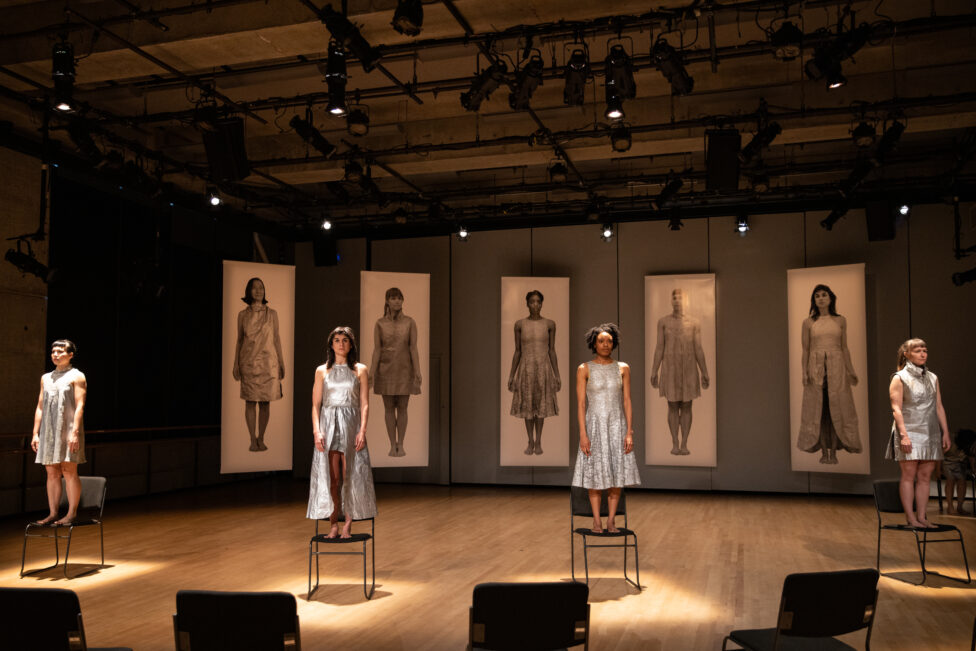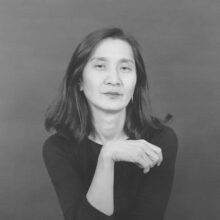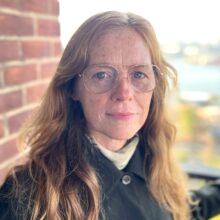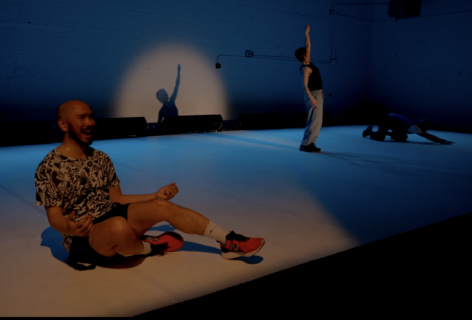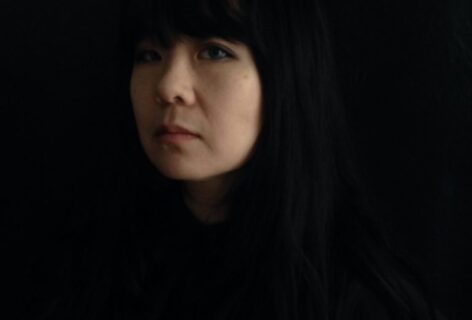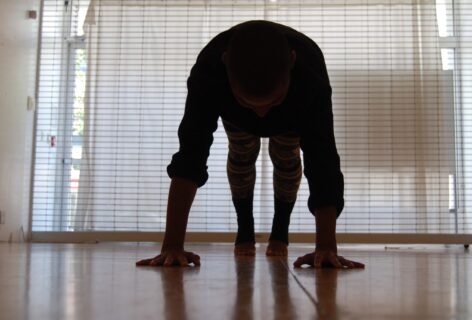Donna Uchizono tells us that when the NY Public Library for the Performing Arts confirmed her as the first and only American-born choreographer of Asian descent to receive a certain level of award and acclaim, she fell into a deep depression. It confirmed something she’s known a long time: her road has been without peers or mentors who share her identity.
In the conversation below, Donna talks with Moira Brennan about the systemic ways this racism replicates itself on panels, by selection committees, and through grants and awards. Rejection can highlight this, but so can opportunity. Our selection and curation procedures reduce complexity which can keep people isolated, instead of in community among peers who share their identity. This conversation dares to tell funders and presenters, it’s time to change.
—Londs Reuter, CC Co-editor
Donna Uchizono:
I want to thank you for being a Dance USA panelist and joining me in this conversation. In thinking about that panel, I recall how people got very charged before the Dance USA panel even happened.
I was thinking about the specificity and even the singularity of this painful distinction, being the first and only American-born or raised choreographer of Asian ancestry—and this is odd, in the history of Modern Dance, and very specifically—to have received cumulative, national recognition, who has toured both nationally and internationally.
One of the main problems is the perpetuation of anyone with an Asian face, especially East Asian, being positioned as a foreigner.
I have been confirmed by the New York Public Library for the Performing Arts as the first and only American-born choreographer of Asian ancestry in the history of modern dance to have received cumulative national recognition and awards or grants (or whatever you want to call them) and have toured an eponymous dance company, both nationally and internationally.
When I say that, the immediate response from many amplifies this idea of the perpetual foreigner. Most people say, “Oh, that’s not true. There is…”
And then they name a list of phenomenal artists that I love, who are clearly not born in America. Not that it’s better to be born here or not, but what it does is it completely erases that experience of being born into a country that treats you like a foreigner.
When I said this to a colleague of mine, who I love, she also started naming these artists. I said, “Okay, how would you feel if you were telling me this and I started naming all of these fantastic choreographers from Senegal, from Nigeria…” She exclaimed, “I’ve been called out! I’ve been called out!” And I loved her for that.
I said to her, “in that moment, you’re looking at me as Asian and not as American.”
When I was confirmed by the New York Public Library, I went into the deepest depression because it corroborated my experience. I didn’t have any mentors, especially in what’s called the postmodern lineage. When I emerged, I realized most of the presenters and funders, if funding Asian artists, were born in Asia. And that even made me more depressed (and isolated).
I was very shy when I was young. I grew up trying not to be noticed because my sister and I were the only Asians in the school (except for one other). And dance has allowed me to speak. Dance has allowed me to speak quietly or boldly in whatever way I wanted. It’s hard enough for me to advocate for MY work, let alone use this very painful distinction.
I’m not coming from a place of personal complaint, so I’d like to use this painful distinction to position myself to talk to funders and presenters and say, “Okay, what is going on? There needs to be some initiative to address this.”
Moira Brennan:
It’s so complex and deep.
DU:
It’s so complex. There have been really strong, great choreographers who are Asian American and have had notoriety, maybe on the West Coast, Minneapolis, or various pockets. But they weren’t able to get recognition on a national level. I was able to tour outside of New York. When you leave your locale, it’s very different. It’s a very different scene. And to mention, there are choreographers that did receive a Guggenheim or an NEA. But that’s it.
This is why these distinctions, “cumulative” and “national,” are so specific. It’s specific because if we don’t keep it specific, then I can’t address what is going on, which is that American-born choreographers who happen to have an Asian face are not being supported.
MB:
What you’re saying about the erasure of your Americanness in that story is so important. The message seems to be: your Asianness has currency in this system and not your Americanness… or really anything else about you.
DU:
The funny irony is I was actually born on a US Army base “in” Japan. My dad (American-born) was going to be a minister (though he considered conscientious objection), but his parents insisted that he show that he was an American, so he enlisted.
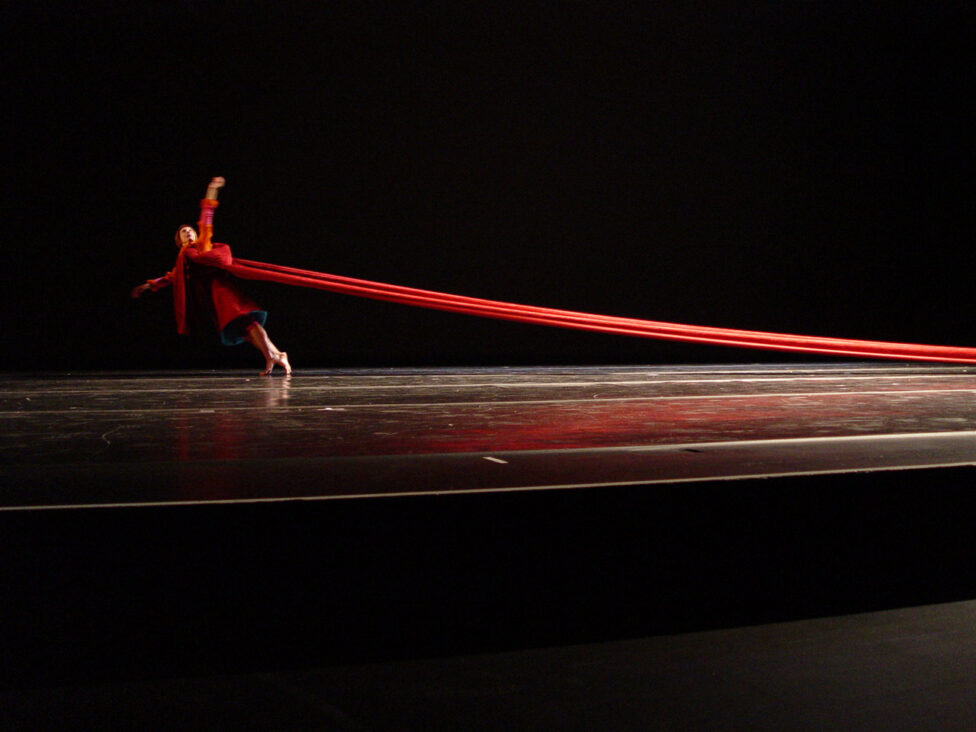
Photo by Jorg Jakoby
MB:
It’s this malabsorption of the complexity of the individual that just strikes me. Another thing I want to lay out before we continue is your description of how folks react and react when you raise this issue, when you delineate all that you just did so beautifully for me, and they push back.
There can be quite a bit of energy in the pushback, which, you know, disincentivizes you, or anybody in your position, from naming the—we’ll call it—injustice. And these are your people who are pushing back.
It’s just so insidious, the way this thing works. So I’m very, very grateful that you are willing and able to articulate it so precisely.
It’s clear to me that you’re not saying those things to glorify the experience. You’re saying those things to specify what is missing here for every other American-born Asian choreographer in the last, say, 50 years. I mean, come on.
That’s kind of extraordinary.
DU:
It’s tragic.
MB:
What is the support system and the resilience and the tenacity? That is not to say those people didn’t or don’t have all the things that are required to push through. But could you speak to that? What kept you going?
DU:
Thank goodness for dance. It is a place where I felt I could be heard. I was incredibly lucky to have my dance education in “downtown dance” in the late 80’s early 90’s. My best friend Nikki Castro, who was dancing with Bebe Miller, insisted I was a choreographer. I rented Danspace Project and since Nikki was dancing, Bebe came and afterward asked, “Who are you?”
And I said, “Donna.”
And she says, “Well, I never heard of you. I’m going to have Ralph Lemon and David Dorfman come and see you.”
Ralph [Lemon] came and recommended me to a Minneapolis rep company. Then ADF called, then the Kitchen. From the Kitchen, I got a fax rolling onto my bed from Vienna saying, “Have your company manager contact us, we’d like you to come and perform.” And I’m like, “What company manager?!”
This was all by word of mouth. Before the internet.
MB:
This gets us back to this question: What’s being seen? What’s being selected? And why?
If MAP or something like Creative Capital or whatever has an unspoken quota on the race or diversity, they’re probably conflating Asian and Asian American, right? Because that’s convenient.
DU:
It becomes a monolithic category.
The interesting thing is… I was able to be supported by various grants and teaching. Because we were touring, we weren’t always trying to raise funds to create a new piece. The piece had been made. And you’re getting some recognition. It’s more sustainable. But with the dance field being so fragile now—on life-support—I don’t know if touring can be supported.
I was really lucky to be making work at that time.
Then I became a mom. Touring became difficult and it was a very dry period. I was struggling. Really, really, really struggling. I’m a good teacher. And when I got a full-time teaching position, that helped, but being a professor at a university for dance is 24/7.
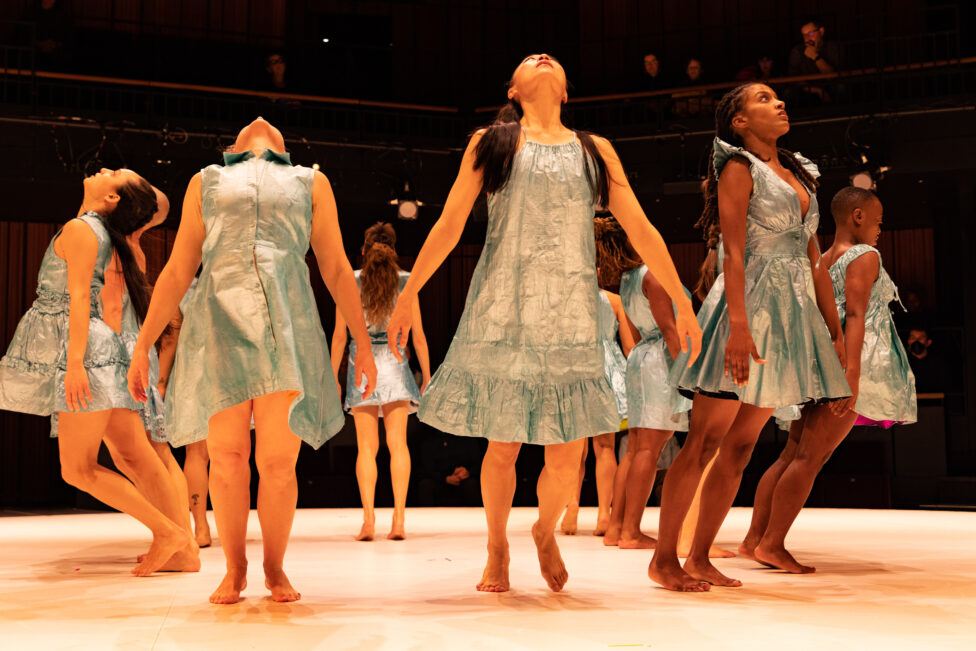
Photo by Whitney Browne
MB:
I also want to point out that you’re talking about this accumulation of awards and a successful touring career. Even that, it’s not like you’re banking… the only American-born Asian choreographer to have accomplished this and even that is a huge struggle. There is so much further that we need to go for all.
DU:
I mean, how painful that you are a good choreographer and you can’t get the recognition outside of your immediate location.
I understand when people say, “But what about this person?” or “Donna, you’re not including, who was really well known in San Francisco.” And I say, “Exactly my point!!” I’m not trying to not include anyone!
That’s why I keep going back to national recognition. I want to use this odd position to ask the very important question, why?
MB:
So the question for funders or presenters, if we were to put it directly, is: Why are there no other American-born Asian choreographers on your roster of grantees? Why is that? Why is there such a stark absence?
DU:
Yes..
MB:
It gets us back to the oppression of erasure again, which is, to me, it’s where the pain is so acute. That’s who you are! You’re an American. You grew up in America and there was a lot of pain in your childhood due to the invisibility or due to just the general racism of being in the United States.
So then to have that reiterated in your successful professional career, your successful artistic life is painful.
DU:
Thank you.
MB:
Even your close friends, even people who themselves have experienced racism, don’t always see the thing that you’re pointing out. It just shows that this is a slice of experience that we haven’t talked about.
When you brought this to my attention at MAP, I had no idea that our lists were reflecting this.
DU:
And for most artists, we don’t have an institution that’s paying for our time. This is volunteer work. Organizations need to recognize, more and more, the labor artists do outside of the creative process is huge.
MB:
Which includes all of the effort to apply for grants in the first place!
That is never calculated by the system that is actually trying to make change. If MAP had a line item in its budget for the emotional labor that it required, maybe that would balance our budget. We never really have a balanced budget. We’re always extracting this hidden cost. There is so much more labor involved that doesn’t get seen or doesn’t get compensated. Some of it is time, some of it is literally work, and some of it is emotional.
DU:
I think that all artists would agree with that. And thank you for saying that.
Why this may be important to talk about as we come to a close is that all of this that I’m doing.. all this..
It’s emotional. And it is painful.
I would rather.. It’s taking time away from other things.
I’m only an artist that is working three jobs, so that I can support my daughter and make work. I don’t have the force to do this alone.
And I think about it ALL the time. I’m almost reluctant to do this, but then I say, “No, I’m going to do this. I have to do this.”
But the emotional labor. I’m exhausted.
MB:
It’s important to point out, because it is how the system continues in its oppressive ways. Because it knows that that presents a huge problem for you to say it and to deal with the feelings of saying it and to deal with the pushback of saying it. It’s one of the ways that locks us all down.
DU:
I’m really thankful for all of the artists around me. Especially when I was growing up and learning how to make dances… I think about my colleagues and everything that they’ve taught me. Then, despite everything, they keep pushing forward. So it’s great to hear you talk about that spirit that is driving us.
And to say: Dancers, Dancers, Dancers. We love you! We know that this field rides on your labor. It rides on your back and on your labor. Dancers right now are at the eye…I remember David White saying dancers are the weakest economic link.
But they are the most important. I want to take this moment to say – Dancers, Thank you! Thank you for all that you do!

